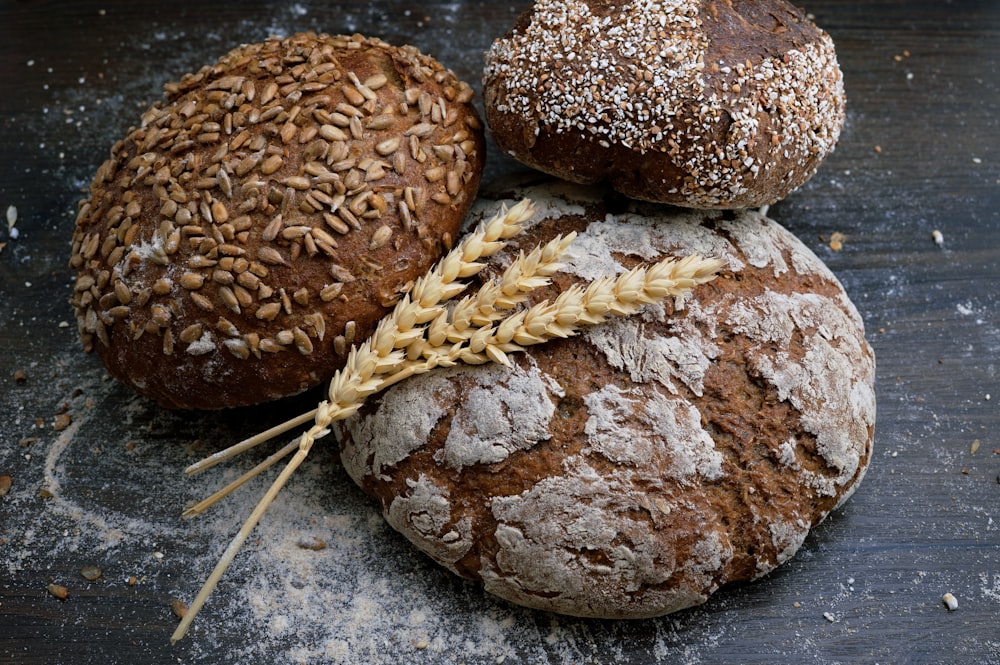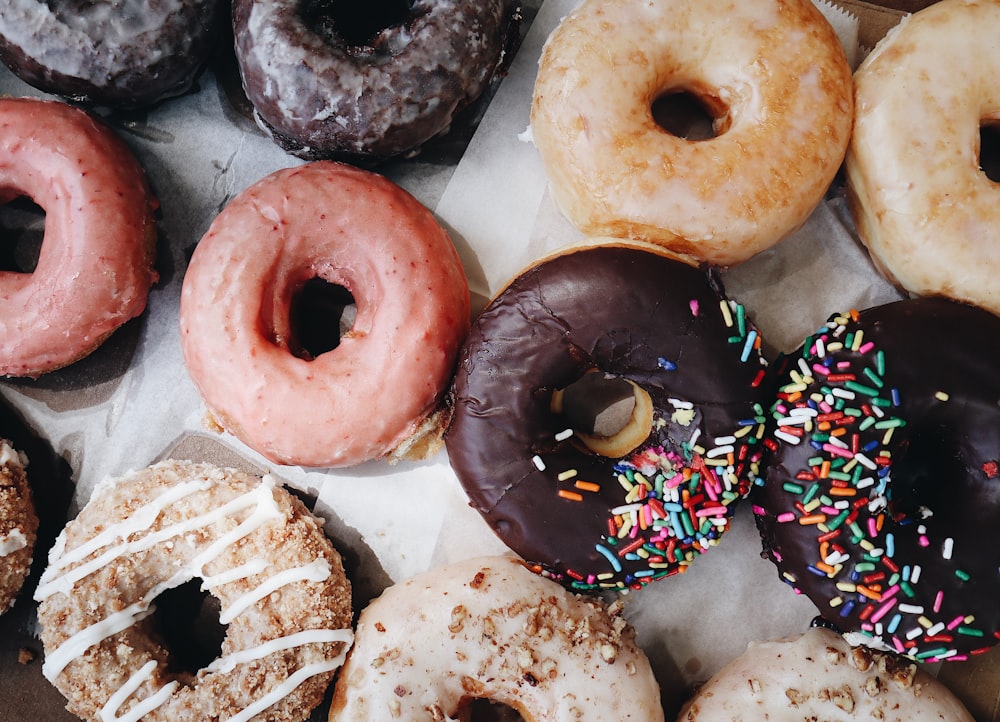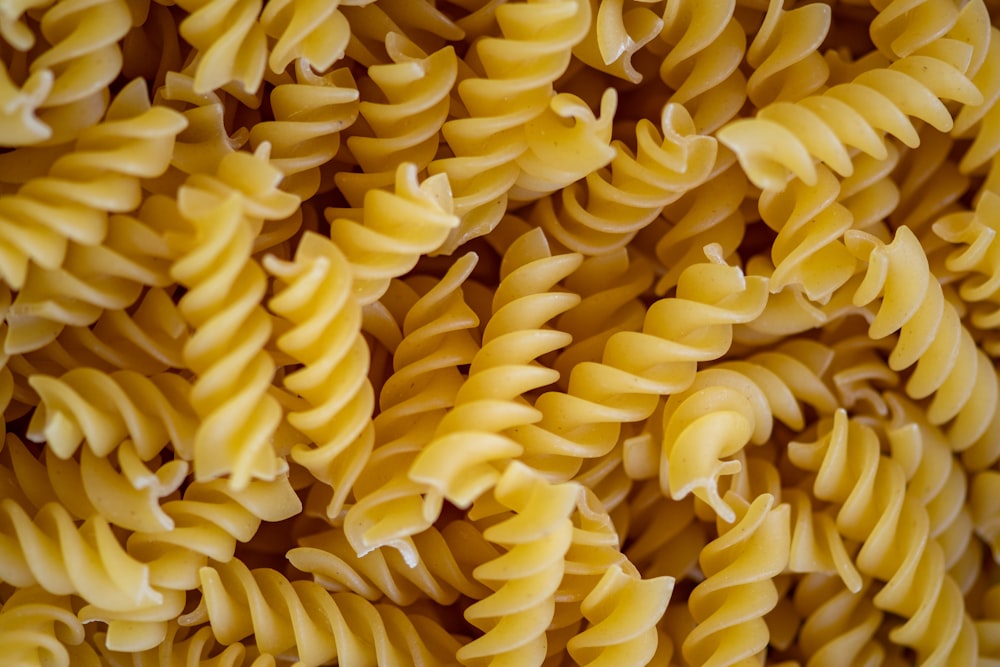
These days, when perusing the grocery aisles, you will see an abundance of gluten-free products. From pancake mixes to ready-to-eat cookies, gluten-free food products have become very popular in recent years. This is partly because of the rise of awareness when it comes to gluten sensitivities and gluten-related health conditions such as celiac disease or irritable bowel syndrome. Those with a gluten sensitivity should avoid this ingredient to prevent adverse reactions, while those with celiac disease must avoid it at all costs.
Those who follow the Keto or Atkins diet also shy away from gluten, as food products containing gluten are commonly loaded with carbs. Thanks to the many gluten-free products available, eliminating gluten from your diet is no longer as difficult as it once was. Although gluten-free options are more common now, gluten is not a threat to the majority of the population. For instance, studies show that less than 1% of the US population is affected by celiac disease.
If you don’t have celiac disease, the question becomes this: is gluten harmful to your health, or can it be part of a healthy diet? The answer depends on the individual’s unique genetic makeup.
A DNA test or blood test can reveal if you need to watch your gluten intake. If you are not gluten intolerant, items containing this ingredient can have a place in your life. You can incorporate gluten into a healthy diet if you don’t go overboard and practice moderation. Learn more about gluten below, and how you can make room for it on your plate.

What Exactly is Gluten?
Gluten is a protein, which serves as a binder to hold food together. It gives certain food a stretchy feel akin to pizza dough. Without this, the food will rip easily and fall apart. Technically, gluten is organic because it is naturally found in popular grains such as wheat, barley, and rye. You can also find gluten in the following products:
- Wheat berries
- Durum
- Spelt
- Emmer
- Semolina
- Graham
- Farina
- Farro
- Khorasan wheat
- Einkorn
- Triticale
Notably, anyone with gluten intolerance must be cautious with oats. Although oats are naturally free from gluten, they are often manufactured in processing facilities where cross-contamination is rampant. You will also find gluten in seitan, a very popular high-protein vegan item. Other less obvious sources of gluten are modified food start and soy sauce.
What are Popular Sources of Gluten?
When people think of gluten, they mostly associate it with wheat and wheat-containing foods abundant in supermarkets. For example, you’ve got the following gluten-rich products that a normal person typically enjoys:
- Rolls
- Bread
- Pizza
- Bagels
- Anything with bread crumbs
- Flour tortillas
- Cookies
- Doughnuts
- Muffins
- Crackers
- Pies
- Pancakes
- Pasta
- Cereal
- Beer
- Gravy
- Soups
If you are allergic, sensitive, or intolerant to gluten, reading the nutritional guide of pre-packaged items is paramount to prevent any adverse repercussions. Also, watch out for “gluten-free” tags to prevent any health complications.

Does Gluten Contain Any Health Benefits?
Gluten has been a part of people’s diet since time immemorial. However, this ingredient has a bad reputation because of what’s shown in the media. As a result, people now doubt if gluten can be part of a healthy diet.
There is very little research that says gluten is bad for a normal person without gluten intolerance. As a matter of fact, published studies indicate the opposite. For example, according to a Harvard literature review, a study in 2017 with 100,000 participants with no gluten sensitivity or celiac disease shows no association between heart disease and long-term gluten consumption.
The same study above also suggests that non-celiac people who avoid gluten may even increase their propensity for developing cardiovascular issues. And that’s because consumption of 2 to 3 servings of whole grains is part and parcel of a heart-healthy diet as fiber helps reduce bad cholesterol levels and is linked with a lower risk for developing diabetes, heart attacks, and strokes.
On top of that, gluten is a prebiotic food that feeds the good bacteria in the human body, promoting a healthy gut biome and assuring proper digestion. For example, studies show that the prebiotic carb from wheat bran called arabinoxylan oligosaccharide stimulates the good bifidobacteria activity in your colon. As a result, you can decrease gastrointestinal issues, gut inflammation, irritable bowel syndrome, or colorectal cancer.
How to Healthily Incorporate Gluten in Your Diet
Adding whole grains to your meals is a smart choice if you have no gluten sensitivity. This protein provides tons of vitamins, minerals, and nutrients. But, more importantly, it contains tons of dietary fiber, which reduces your risk of heart disease, diabetes, some cancers, and even constipation.
Hence, it would help to modify your menu and recipes to incorporate more whole grains into your meals. For example, you can partner up whole grains with veggies like brown rice with stir-fries or whole-wheat pita bread with hummus and greens. You may also fortify your recipes with high-fiber ingredients like adding more bran or oatmeal to your meatloaf or tossing cooked quinoa to make a warm salad.
Remember, gluten-rich items are not created equal. The key is choosing whole grains instead of refined grains. To illustrate, choose whole-wheat flour instead of refined white flour. Then, follow these simple tips to help you choose healthier whole grains.
Select an Intact Grain When Possible
Always choose whole grains instead of refined ones. The former contains more nutrient-rich and fiber-dense components like the bran, germ, and endosperm. They are also closer to how they were found in nature, having less sugar, fats, and sodium. Examples are:
- Steelcut whole oats
- Brown or black rice
- Bulgur or cracked wheat
- Barley
- Buckwheat
- Quinoa

Make Healthy Swaps
Swap your refined grains for whole-grain versions such as white pasta for whole wheat pasta, white rice for brown rice, bread roll for multigrain roll, etc. These healthier alternatives provide intact grains that are better for you.
Always Serve Your Grains With Veggies or Fruits
A healthy diet will contain tons of veggies and fruits. Hence, your meals must be balanced with go (grains), grow (protein), and glow (veggies and fruits) foods. To give you ideas, take note of the following gluten-rich grains mixed with veggies and fruits:
- Breakfast: porridge or bircher muesli with antioxidant-rich berries
- Lunch: veggie soup with a whole-grain loaf or warm arugula salad with quinoa and cashews
- Snacks: multigrain crackers with hummus
- Dinner: whole wheat veggie pasta or barley soup with brown rice, fish, and salad
If you want to incorporate gluten into your healthy lifestyle, you must know what to look for when you shop. Food labels are your best friend, which shows sugar, salt, and fat content. Read the ingredient list and watch out for words like whole wheat, whole grain, bran, wholemeal, and the like. More importantly, look for products with whole-grain chunks that you can see, and veer away from processed items.
When is Gluten Bad For You?
Suppose you have celiac’s disease, irritable bowel syndrome, wheat allergy, or other disorders that make your body react negatively to gluten. In that case, you have no choice but to eliminate grains from your diet. Those with these chronic conditions will experience inflammation, bloating, bowel problems, and the like when they eat anything with gluten. Avoid this trigger at all costs.
However, most normal people who don’t have a gluten intolerance can eat grains without any adverse reactions. That being said, excessive consumption of gluten, especially refined grains, can result in weight gain. This is because refined grains and processed foods contain a lot of carbohydrates that your body can easily digest and absorb.
As a result, you feel hungry again faster, and consume excessive calories. This can also result in blood sugar spikes that make you feel lethargic or cause you to crave unhealthy food. For this reason, excessive gluten intake is associated with obesity, diabetes, and other metabolic diseases.
If you don’t have any form of gluten intolerance, whole grains can be part of your diet. They are highly nutritious, promoting good cardiovascular health and helping prevent the onset of other diseases. Simply make it a point to choose the best whole grains and do away with the refined versions.
Most of all, eat your whole grains with plenty of veggies, fruits, legumes, nuts, seeds, omega-3-rich fish, and lean meat. If you want to know what nutritional plan suits your body best, consider taking a CircleDNA home kit and reading your genetic nutrition profile. Apart from revealing your ancestry and health risks, CircleDNA provides diet and fitness reports, along with many other lifestyle reports based on your genetics.





